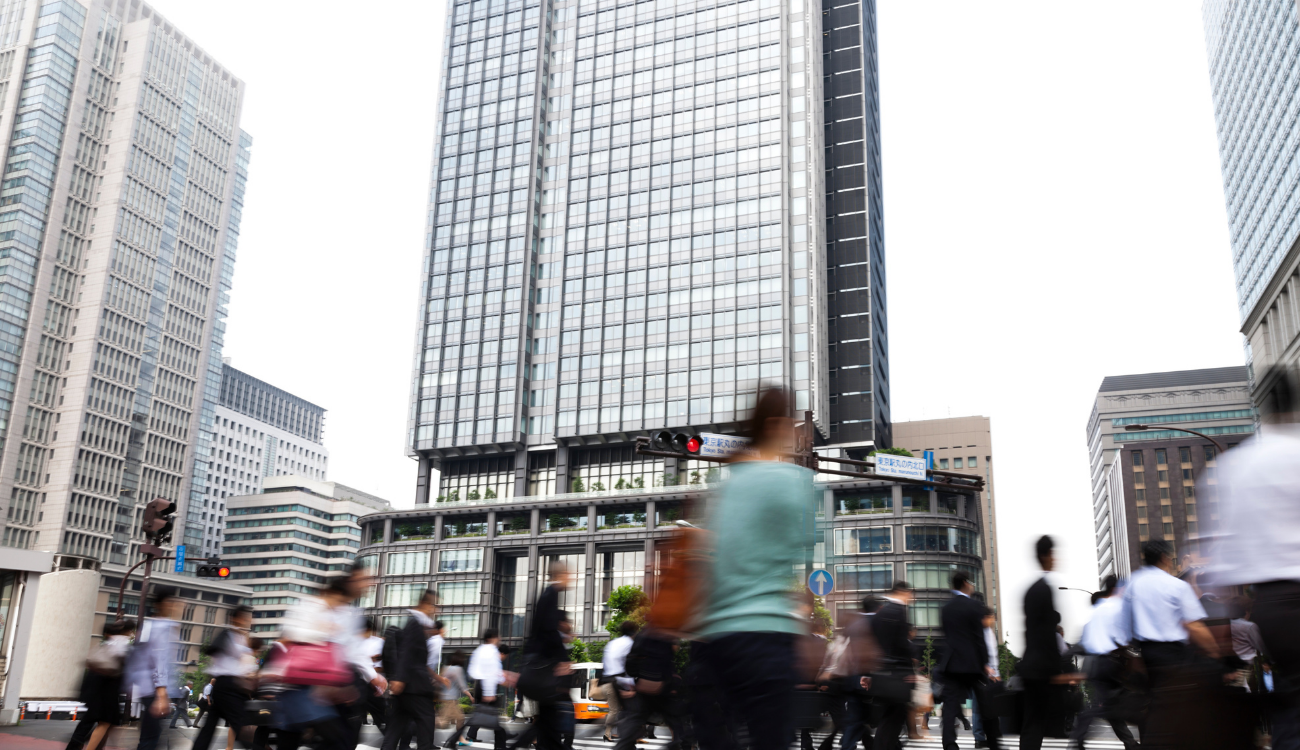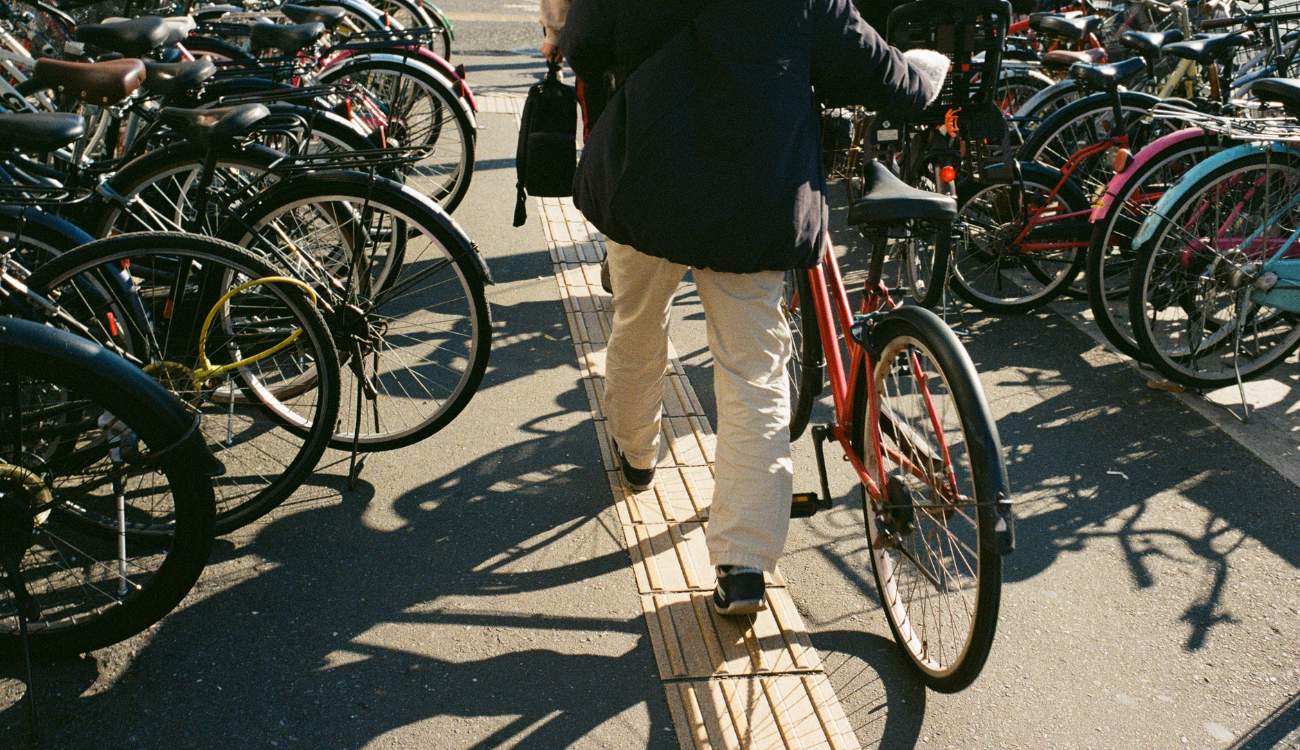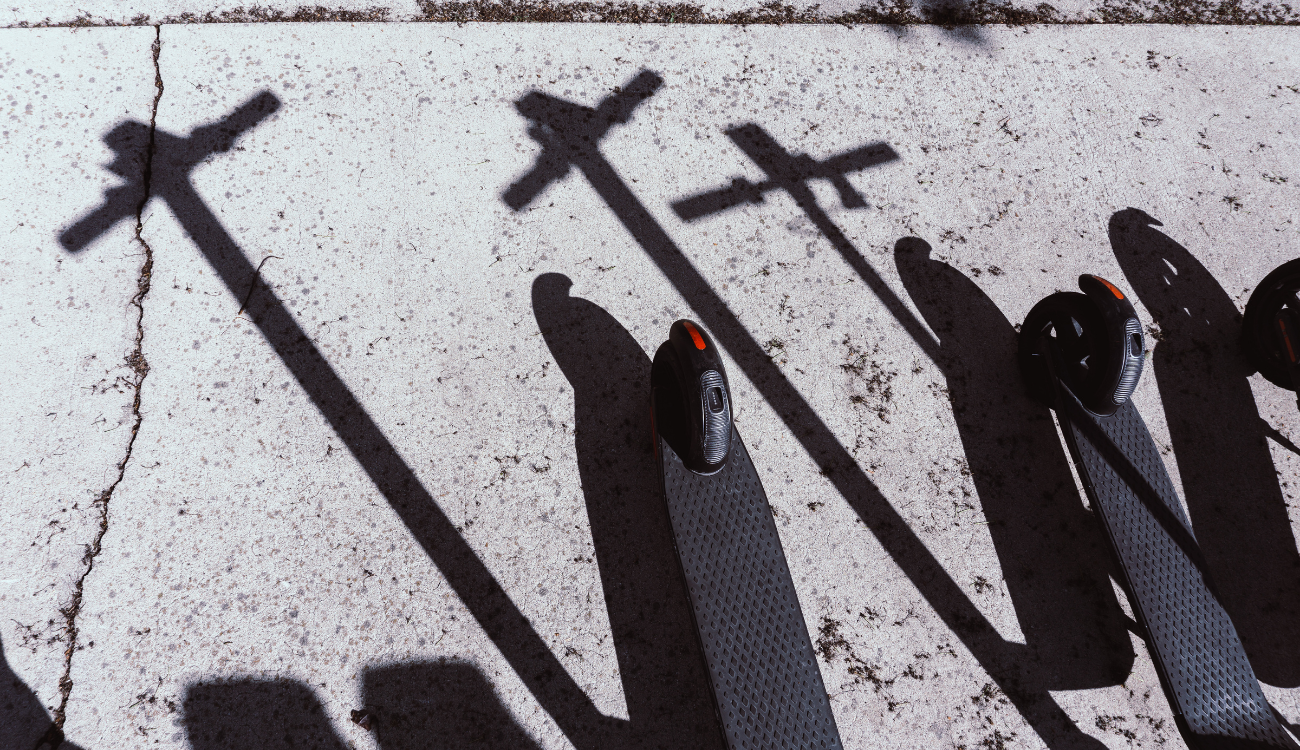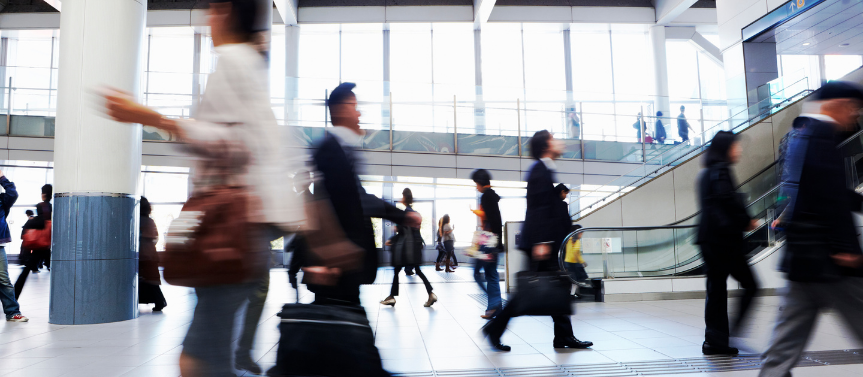
The travel can be divided into two main categories, including the commuting travel and leisure travel. The traditional traffic planning and design predict the development trend of traffic demand of the transportation system and the requirements of the transportation supply to achieve the balance between the demand and supply in the transportation system and realize the safety, efficiency, energy saving, and environmental protection of transportation. While all of these focus on the commuting travel, where the aim of the transport system is to alleviate the traffic congestion and prompt the efficiency of the commuting travel. With the rapid development of the transport system, the demand of travel has been intensified, which has caused the pollution of toxic gas to the environment. The way to solve the traffic problems have experience the expanding construction to the traffic demand management. The COVID-19 gives the world a chance to think about whether the commuting travel could be replaced by the new mode of business, and new way to plan the transport system for traffic engineers. The COVID-19 may change the future travel behaviour and the traffic planning.
Commuter travel can be declined
Due to the COVID-19, all kinds of the travel have been restricted, including the business and commuting travel, except the travel that deals with the patients and the goods delivering. At the same time, all kind of the transport also suffer from this coronavirus pandemic. On the aspect of the public transport, the commuter numbers have collapsed, where the use of the metro system has dropped from 70%-90% all-round the world. Simultaneously, the ride-hailing service and bike-sharing have nearly stopped during the COVID-19, because the people concerns about the risk of the infection and all unnecessary travel has been cancelled by individual. Under this circumstances, the private car can provide the safe space for travel, while most of the corporation has announced working at home. The on-line meeting has been a new trend for working and education, where the communication software like Tencent and Zoom have already meet the users’ requirement. After three to five months, the videoconference apps have uploaded several time and can be run effectively. At the same time, the new mode for business and teaching have already be explored and examined to be useful.
Because of the COVID-19, the travel has decreased tremendously, which means the pollution of the traffic has also decreased. Most of the climate problems have been solved without a specific program, and the consumption of the energy by traffic has dropped a lot. This will be the key question for the government to think whether the physical meetings and business should be continued or the new mode to work are supposed to be recommended. From the chart 1, we can clearly see that most people prefer the leisure travel instead of the commuting travel, which can be interpreted that the people have accepted the on-line business and think they are feasible. The commuting travel can be substituted by the remote collaboration, which may save more time for the employees to commute.
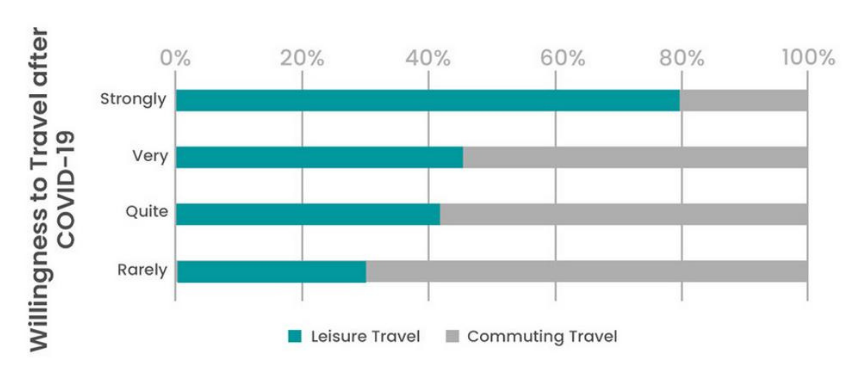
Leisure travel should be focused
Furthermore, as soon as the lockdown measures are relaxed in the future, the most desired travel will be the leisure travel, including site visit and entertainment. The travel behaviour will be a huge change after the COVID-19, where the commuting travel may be replaced by the innovative working mode but the leisure travel hasn’t found an effective substitute.


